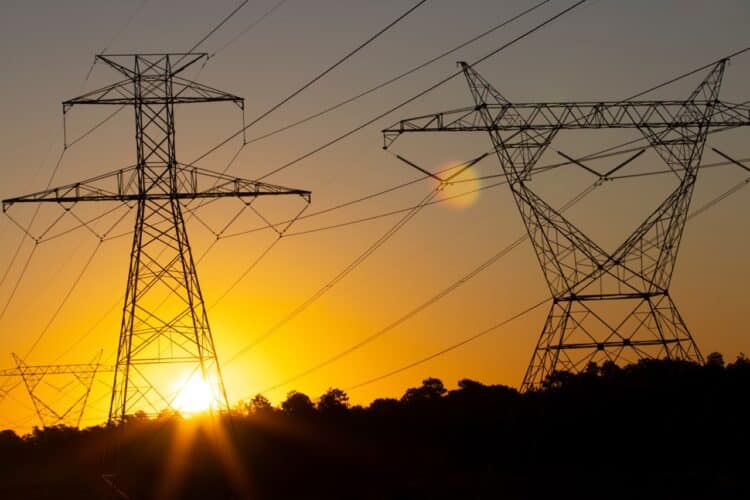The latest Quarterly Energy Dynamics report from the Australian Energy Market Operator (AEMO) for the final quarter of 2024 highlights a remarkable rise in renewable energy contributions alongside unprecedented demand levels within the National Electricity Market (NEM).
Increased temperatures coupled with a shift towards electrification from gas have driven the NEM to achieve a new maximum demand record of 33,716MW for the December quarter, alongside an average quarterly demand record of 23,737MW, marking a 2.4 per cent year-on-year rise.
Record Output from Renewable Sources
Rooftop and grid-scale solar power have both set new output records, with rooftop solar increasing by 18 per cent and grid-scale solar by nine per cent. This growth has facilitated the establishment of minimum demand records across various regions in the NEM, including Queensland, New South Wales, South Australia, and Tasmania.
According to AEMO’s Executive General Manager of Reform Delivery, Violette Mouchaileh, “The boost in rooftop solar output, combined with historically low availability of coal generation, meant that coal-fired power constituted less than 50 per cent of the NEM’s overall generation for the first time.”
“Renewable energy accounted for a record 46 per cent of the electricity supplied to the market, peaking at an impressive 75.6 per cent on 6 November 2024, which contributed to significant reductions in emissions,” she added.
Electricity Prices and Regional Variations
In terms of pricing, wholesale electricity averaged $88/MWh during Q4 2024, reflecting an 83 per cent spike compared to the relatively mild Q4 2023, although it remains 26 per cent lower than the previous quarter’s average of $119/MWh.
New South Wales and Queensland saw record Q4 wholesale prices at $143/MWh and $127/MWh, respectively, driven by high demand, unavailability of coal generation, and transmission constraints that hindered the flow of less expensive energy from the north.
Victoria recorded the most reasonable average price at $45/MWh, while South Australia and Tasmania followed with $52/MWh and $74/MWh, respectively.
Ms Mouchaileh remarked, “The recent operating conditions underscore the importance of new transmission projects in the pipeline – such as VNI West, Project EnergyConnect, and HumeLink – in facilitating the sharing of cost-effective energy across the NEM.”
High Instances of Negative Pricing
The quarter also marked a significant rise in instances of negative prices within the NEM, with such occurrences observed 23.1 per cent of the time, an increase from the previous high of 19.9 per cent recorded in Q4 2023.
New regional records for the frequency of negative prices were established in New South Wales, Victoria, and South Australia, with rates reaching 13.3 per cent, 34.3 per cent, and 38 per cent, respectively.
Western Australia’s Energy Landscape
In Western Australia, coal generation saw a decline of 19.5 per cent due to limited availability of coal plants. This drop was mitigated by upward trends in rooftop solar (up by 20.3 per cent), gas (increasing by 14.4 per cent), and a staggering 1400 per cent increase in battery contributions. Average energy prices there remained relatively stable from the last quarter, recorded at $79.93/MWh.
“The rise in battery storage capacity in Western Australia enabled the state to attain a new quarterly average renewable contribution record of 46.4 per cent, with a peak of 85.1 per cent in renewable energy,” Ms Mouchaileh noted.
In the domestic gas sector in Western Australia, production slipped by one per cent to reach 104.3PJ, and consumption decreased by 2.6 per cent to 93.9PJ compared to Q4 2023.
Gas Prices and Production Shifts on the East Coast
On the east coast, wholesale gas prices climbed to $13.60/GJ, spurred by record-breaking exports of liquefied natural gas (LNG) from Queensland and increased demand for gas-fired electricity generation.
Victorian gas production saw an uptick, particularly with the Otway Gas Plant demonstrating a supply increase of 6.1PJ in Q4 and Longford recording its first production rise since Q4 2022, adding 3.7PJ. However, this was counterbalanced by a decrease in supply linked to Queensland’s LNG export projects.
